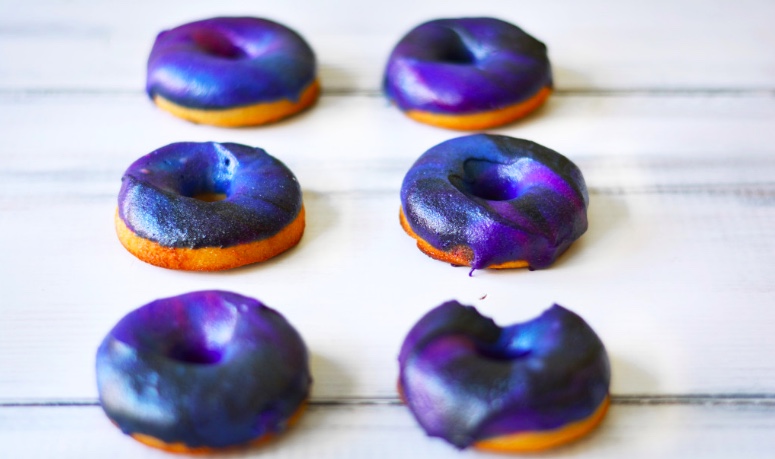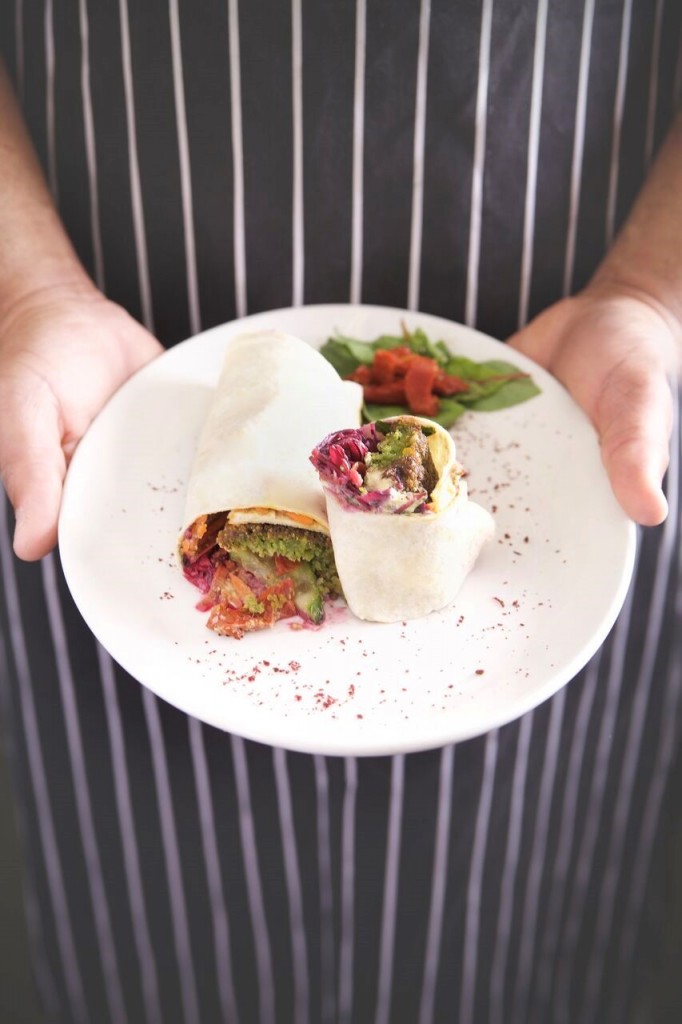Our summer issue is out now!
Gaby Wieland from Neantóg Kitchen shares two divine summer recipes to help us create tasty vegetable skewers & sweet strawberry cake for dessert .
Check out the delicious recipes below…
In our Autumn 2020 issue, Elle Fox of CNM (The College of Naturopathic Medicine) wrote about the drawbacks of gluten, while Svetlana Sidorova provided us with a great gluten-free recipe for Buckwheat and Almond Meal Bread. We can’t wait to try it out!
One of our offerings in the new Summer 2020 issue is a chance to win ‘Primal Living in a Modern World,’ a new anti-inflammatory recipe and lifestyle book by Pauline Cox, proprietor of Sow & Arrow health company. You can win by taking a picture of this article in our physical magazine (it appears on page 43), then sharing your picture to social media, tagging us to let us know. Search for your nearest stockist here, or subscribe to receive a copy direct to your door. Winners will be selected at the upcoming Vitality health show in September. Good luck! In the meantime, we wanted to share the article online. Read on below!
Here at Positive Life, we have long been huge fans of the renowned vegetarian restaurant, Cornucopia. So when we heard they were releasing a new entirely vegan cookbook called The Green Cookbook, we just had to feature them in our Winter 2019/20 magazine! The article below appears in our ever-popular Short and Sweet section.
We are seriously impressed by the work of Georgie Young, a blogger who specialises in paleo cooking, nutrition and health. She is the founder and editor of Primal Eye, the UK’s first online independent magazine dedicated to the paleo lifestyle. Her recipes are incredible. She has even created a recipe for raw vegan Creme Egg-style slices – we certainly like the sound of those! To learn more about her work, read on.

Paleo food and paleo living in general have become hot topics in recent years. The basic philosophy behind a paleo diet is that it should mimic the diets of our ancient ancestors as closely as possible. In a paleo diet, a high emphasis is placed on cutting out highly processed grains and junk foods, in favour of fresh, natural, unprocessed ingredients. One British blogger called Georgie Young is particularly passionate about promoting the many health benefits of this lifestyle. On her website (Greens of the Stone Age) she says, “Having been Paleo for around 5 years, cooking has become a huge passion of mine. I love sharing my passion for cooking, ‘paleofying’ food, and exploring veganism within the Paleo diet, and along the way, I have helped many friends to take a more holistic approach to their hectic lifestyles.”
Georgie’s work has been featured in a wide range of cooking and lifestyle publications, including Pop Sugar, Womens’ Health, Free-From Heaven, Vegan Food Online, Crobar and Vivo Life.
 Thanks to her dedication, Primal Eye – the online magazine she founded and edited – has become one of the UK’s foremost sources of information for all things paleo-related. She has a positive attitude towards everything she does, and is determined to share her knowledge in a generous, uplifting way that empowers people to take control of their own health. “I’m a lover and a fighter, I don’t like to give up, and I love a challenge,” she explains. “I tend to want to do everything and anything, which means I ultimately never become an expert at anything, but it does mean that I have a lot of fun doing so and I think that is ultimately what life is all about.”
Thanks to her dedication, Primal Eye – the online magazine she founded and edited – has become one of the UK’s foremost sources of information for all things paleo-related. She has a positive attitude towards everything she does, and is determined to share her knowledge in a generous, uplifting way that empowers people to take control of their own health. “I’m a lover and a fighter, I don’t like to give up, and I love a challenge,” she explains. “I tend to want to do everything and anything, which means I ultimately never become an expert at anything, but it does mean that I have a lot of fun doing so and I think that is ultimately what life is all about.”
We wanted to highlight a few of Georgie’s amazingly inventive recipes here. They look truly mouth-watering, and we can’t wait to try them out!
These Raw Vegan Creme Egg Slices are a fun play on the much-loved traditional Easter snack, the Creme Egg. They consist of four layers: raw shortbread topped with vanilla creme, turmeric creme, and yummy dark raw chocolate.
The link to this recipe is available here.

No, your eyes do not deceive you – it really is possible to make a raw, fermented cake that both looks and tastes incredible! This beauty is a real feast for both the eyes and the tastebuds. As Georgie put it, “sometimes I amaze myself with the insanity of my own creations. The other day I was thinking how much I’d like to make a fermented, probiotic-rich raw cheesecake and then I started to realise I hadn’t done anything other than basic marbling, so thought a zebra cheesecake would be even more fun. Then, of course, I always like to put a colourful spin on my work, and so the Fermented Unicorn Zebra Cheesecake was born.”
If you want to try your hand at making it, click here.
In this recipe, Georgie produces her own unique twist on sweet and sour chicken using jackfruit: a type of chewy, “meaty”, pleasantly textured fruit which can be bought tinned in many Asian and speciality food shops. As always, healthy and natural ingredients are prioritised in this recipe. The jackfruit is naturally coloured with beetroot powder, sweetened with coconut sugar, and is free from meat, dairy, nuts, grains, and gluten. You can find it here.
Now here’s something we’ve never come across before: charcoal ice cream cones! Activated charcoal has become one of the latest, greatest trends in the fields of natural health and wellbeing. It is commonly used in natural teeth whitening products, as a gentler alternative to the harsh bleaches and chlorines that can be found in conventional whitening creams. However, we have never seen it used in an ice cream cone before! Georgie has managed to create a surprisingly tasty ice cream cone that – as usual – places natural, healthy ingredients to the fore. They are gluten, grain, and refined sugar free, and also contain a vegan egg substitute, so pretty much anyone can enjoy them. Click here to find out how you too can “reach a whole new level of Instagram hipster” with these charcoal cones, as Georgie describes it!
Georgie’s blog is greensofthestoneage.com, while the website of Primal Eye Magazine is primaleye.uk.
This is an excerpt from the Summer issue of Positive Life. Read the rest of the intro, recipe and notes by subscribing so we can send you a copy or pick up one at one of our stockist. Subscribe | Stockists

Intro & Recipe by Tony Keogh, Head Chef at Cornucopia
Summer time is upon us. The warm evenings and glorious endless days are here again. Vitamin D and energy levels have been restored, and we are all pining to be outdoors. It’s that time of year to break out the sun cream, the chequered blanket, and a bottle of vino, and head down to your favourite spot in the park for some impromptu alfresco dining. Stepping out for a nibble is something people have relished since time immemorial. It’s one of life’s many mysteries, but for some reason, food always tastes better in a friend’s house or outdoors. Breaking bread in the sunshine is also a great way to catch up with old friends.
At Cornucopia, we have you covered for all your alfresco needs. Whether it’s a summer picnic, a potluck barbecue, or an office lunch, we have your back with a wide selection of salads, cold pressed juices, raw chilled soups or sweet summer nibbles. We have also have just introduced a second summer sandwich
to rival and complement our famous daikon smoked tofu wrap. It consists of fresh herby falafels, sundried tomatoes, sumac, and fresh shredded vegetables with creamy tahini mayonnaise and hummus, all enrobed in a soft tortilla shell. It’s portable and it’s healthy, and is available at the restaurant today.
This is an excerpt from the Summer issue of Positive Life. Read the rest of the intro, recipe and notes by subscribing so we can send you a copy or pick up one at one of our stockist. Subscribe | Stockists
This website uses cookies to improve your experience. We'll assume you're ok with this, but you can opt-out if you wish. Accept Read More
